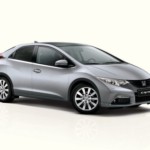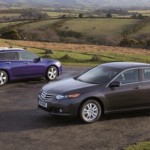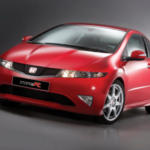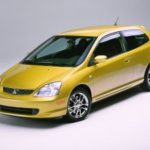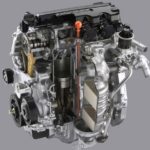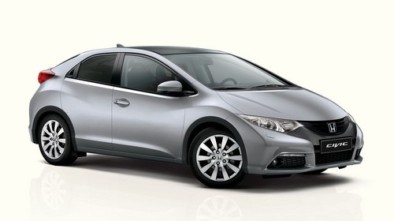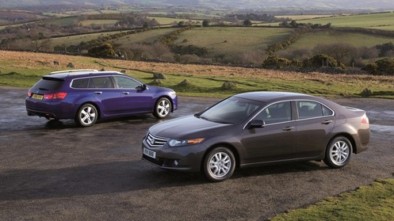Honda NSX 1990 - 2005 - Model history
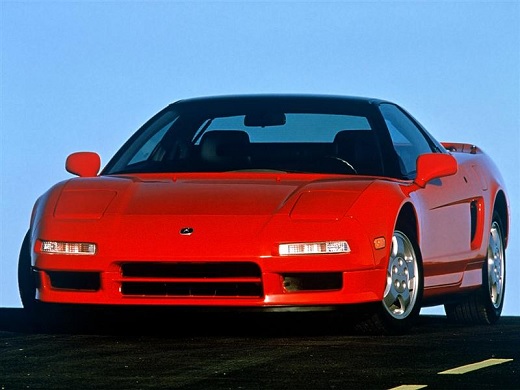
Honda NSX
"Enzo Ferrari can be grateful he never waited to see the Honda NSX."
With this sentence, the media began reporting on Japan's first real supercar when it was unveiled at the 1989 Chicago Motor Show. For the first time in history, a customer was able to get a supercar that, not only was as easy to drive as the family Toyota Corolla, it already had quality for a longer period and enviable performance. It is for this reason that the Honda NSX is considered one of the best supercars ever produced, although by many it did not have the performance to match the Italian and German competition. The history of this car begins in the early 1980s. By this time, Honda had gained a reputation for quality affordable cars, such as the Civic and Accord, but the company did not yet have a product that would put it in the spotlight.
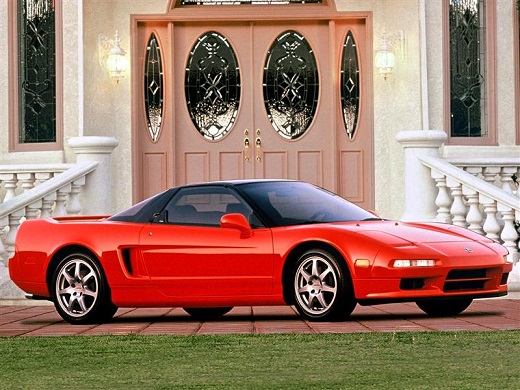
Honda NSX
While Toyota Gaining fame with the 2000GT, Japan's first supercar, and Nissan with luxury Prince models and sporty Datsuns, Honda has largely concentrated on cheaper cars for everyday use. In the same period, the Japanese auto industry exploded around the world, and predominantly in North America, where buyers turned to smaller and economical cars after the global economic crisis. Buyers soon noticed that Honda cars were not only economical and cheap, but also quality for a longer period, which brought high sales and profits to the Japanese giant. In order to apply the image of being able to produce cheap cars only, in the early 1980s Honda began working on two very serious projects. One of them was the brand new premium division, Acura, which debuted in the US market in 1986 as Japan's first luxury company.
Much more attention was drawn to the company's first super-car, which Honda began operating in 1984. Two legendary Italian cars served as the inspiration for the NSX - Ferrari 308/ 348 i Lamborghini Countach. Honda's research has shown that although these two cars definitely have the look and sound of a supercar, most of their owners are unhappy that they are quite difficult to drive. This was especially true of poor visibility, complicated gearboxes and generally poor car quality over the long term. The Japanese giant was sure that, with the minimal help of Italian designers, it could combine the features that made Ferrari and Lamborghini popular with proven Japanese mechanics. For this reason, Honda is turning to the famous Italian design house Pininfarina in an effort to develop Japan's first supercar with a mid-engined engine.
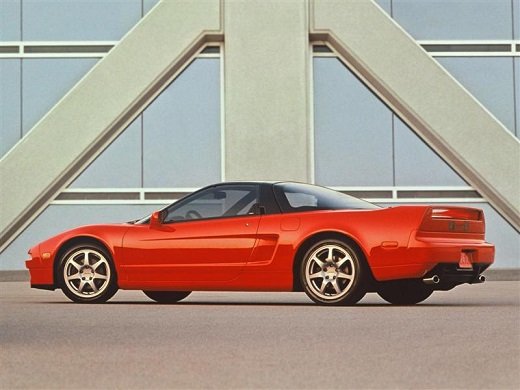
Honda NSX
The Italians had the design ready and the first prototype a little later under the HP-X (Honda Pininfarina Xperimental) designation with a centrally positioned 2.0L V6 engine. In a bid to match the best cars Italy, Germany and America have to offer, Honda contacts two big names in the Formula One world - Ayrton Senna and Sator Nakajima. While Senna mainly served to advise what a serial model should look like, Nakajima was used as a test driver in the early stages of development. In developing this car, chief engineers studied the mobility of the F-1 aircraft and wanted the driver to feel just as comfortable as in the significantly cheaper Honda Civic. Compared to the early prototype, the biggest difference with the serial model was the chassis, which was made entirely of aluminum, making the car 16 kg lighter than its competitors and weighing just 200 kg.
Unlike rivals, which had V8 and V12 engines, the NSX provided a much more civilized 3.0L V6 engine with 270 hp, while power was transmitted to the rear wheels via a choice of five-speed manual and four-speed automatic transmissions. That was enough to accelerate to 100 km / h in just five seconds, making the NSX faster than the significantly more expensive Ferrari 348, which traveled the same distance 0.2 seconds slower. 200 engineers were in charge of the production, which Honda personally trained and who were in charge of this car alone, as production was done separately from the rest of Honda's cars. The NSX debuted at the Chicago Motor Show in 1989 and is being sold under two labels. In an effort to promote the new Acura Division in the US market, all models on this continent bore the Acura label, while models for the rest of the world were sold as Honda.
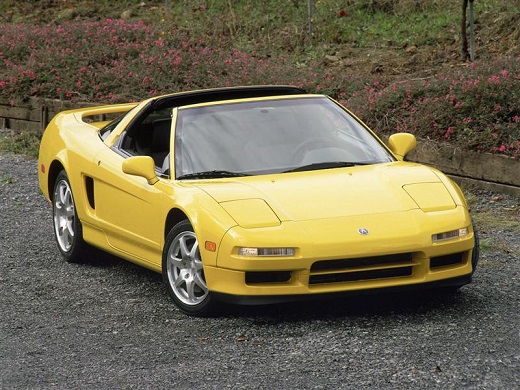
Honda NSX
The audience was amazed that a similar car had never arrived from Japan before. The NSX was named the Car of the Year in Australia and America, and Motor Trend, the most popular American auto magazine, warned Ferrari, Porsche and Jaguar to be very scared, because the NSX is a better car in every respect than what they have ever produced. Special praise was given to the technology used on the Formula One car, as well as the lightweight ride with which the NSX could be used as a city car in the same way as a Honda Civic. Although sales began more than successfully, and soon Honda failed to produce enough copies, in the early 1s competition progressed to such an extent that the NSX had already begun to lag.
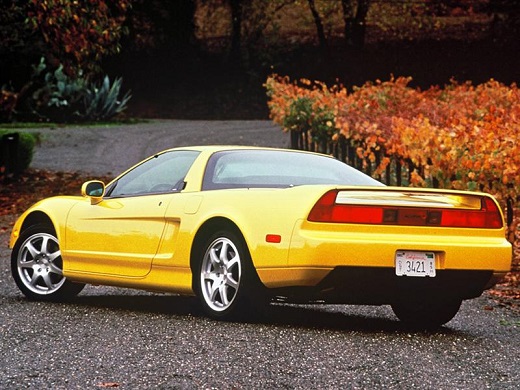
Honda NSX
Instead of a larger engine with more power (but also extra weight), Honda introduces a lightweight NSX, with an R mark and weighing only 1,230 kg. While this car had the same engine as the rest of the model, the Japanese giant was able to reduce weight by as much as 230 kg, thanks to the use of lightweight materials. The modified suspension, larger brakes and better aerodynamics have only added to the NSX becoming fear and trembling on tracks around the world, and particularly good results have been achieved at the German Nurburgring. In the same period, the NSX begins to compete more seriously in motor sport. From the outset, the NSX served as a safety car during the annual Formula One race at the Suzuka Circuit, and early attempts to achieve notable results in 1 Hours of Le Mans failed. The NSX achieved the best result at the 24 Le Mans when it won the GT1995 class and finished eighth overall.
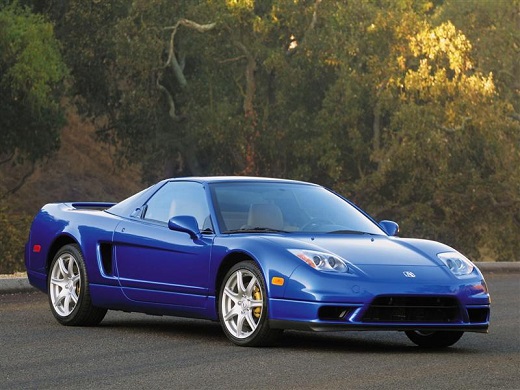
Honda NSX
This car also played a significant role in Japan's Super GT series, and briefly competed in the SCCA World Challenger Series. In the mid-1990s, Honda introduced the NSX with a targa roof, and two years later debuted a new 3.2L V6 engine. Power was increased to 290 hp and acceleration to 100 km / h reduced to 4.5 seconds. Two years later, another special version debuts, the Alex Zanardi Edition, with which Honda wanted to celebrate two consecutive titles won in the American CART series with the driver of the same name. All specimens had a steering wheel on the right old, modified suspension and a 68 kg lower weight, and only 51 specimens were produced. The first specimen still belongs to Zanardi and has been specifically modified for the Italian ride driver although Zanardi lost both legs during the 2001 crash.
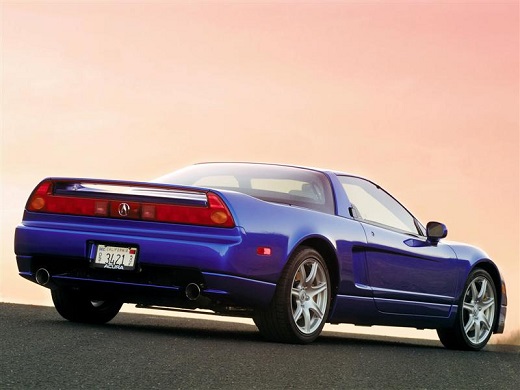
Honda NSX
In 2002, the NSX got its first major design changes and more modern mechanics. Despite its larger dimensions, the Honda managed to reduce its weight by about 100 kg, with the biggest design change being to the open headlights. The same year debuted perhaps the fastest-running NSX series ever produced, the NSX-R GT, made for homologation for the Japanese Super GT series, with only five copies produced. One such car achieved a time of seven minutes and 56 seconds on the famous German Nurburgring track, an identical time achieved by the much more modern and expensive Ferrari F360 Challene Stradale. Despite high praise, by 2005 NSX sales had dropped to just a few hundred cars globally. The same period saw new competitors such as the Ferrari F430, Lamborghini Gallardo and Ford GT delivering more modern design and technology as well as a better driving experience - learned from their own mistakes years earlier.
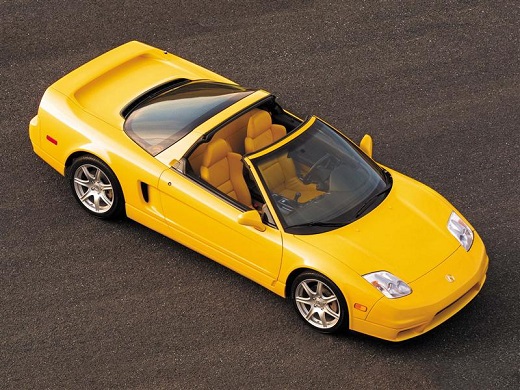
Honda NSX
The same year saw a major global crisis, and Honda decided to halt production after 2005, explaining that this supercar was too expensive to develop and produce to justify high investment. Since then, the Japanese giant has repeatedly promised a successor, and then abandoned the idea because of the severe financial crisis. However, at the 2012 Detroit Auto Show, the first correct move was made when the Acura NSX concept was introduced to the public, and Honda promises to have this car in series production by 2015 with a hybrid V10 engine. Honda The NSX is now considered one of the highest quality super cars ever produced. Throughout its long history, the NSX is one of the few cars that has never had a major recall, and models with 200,000 miles per hour are not uncommon.
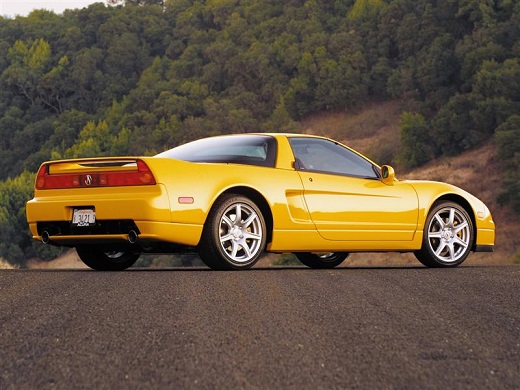
Honda NSX
Although production ceased in 2005, the NSX still holds high in popularity today and used models are in high demand. Prices are also not overly expensive and range from $ 30,000 / euro for solidly preserved models. So if you couldn’t afford this car in your youth, and if you looked at its poster and fantasized every day, this is the ideal opportunity for you…
Author: Talladega
Pictures: Honda
Retrieved from: www.brzabrzina.com
Recommendation of similar texts:

Hi there, I am Mladen and I am an auto enthusiast. I started this blog years ago to help like minded people share information about latest cars, car servicing ideas, used car info, exotic cars, and auto technology. You will find helpful articles and videos on a wide variety of cars - Audi, Mercedes, Toyota, Porsche, Volvo, BMW and much more. Ping us if you have anything cool to share on latest cars or on how to make older cars more efficient, or just want to say hi!

